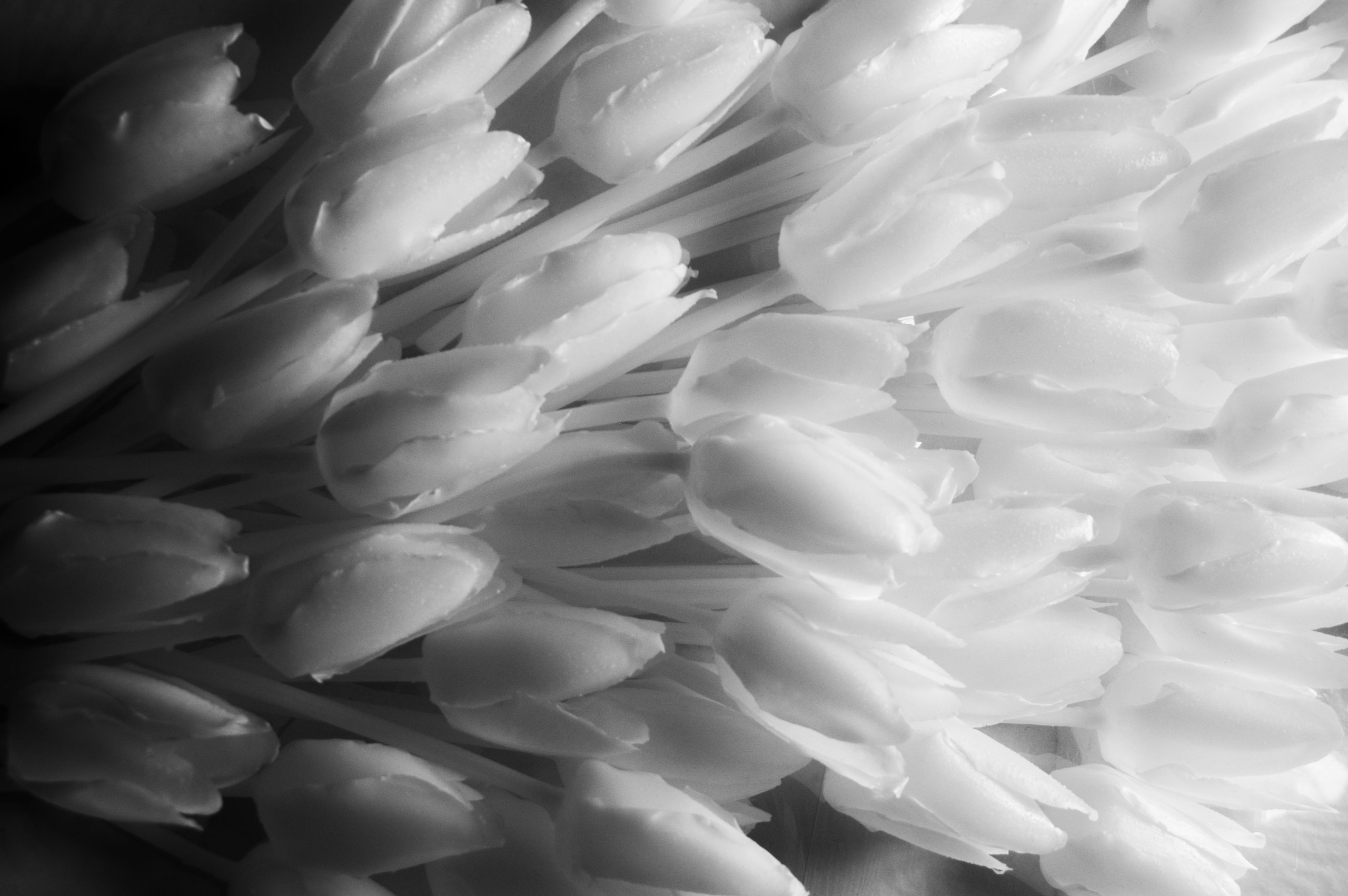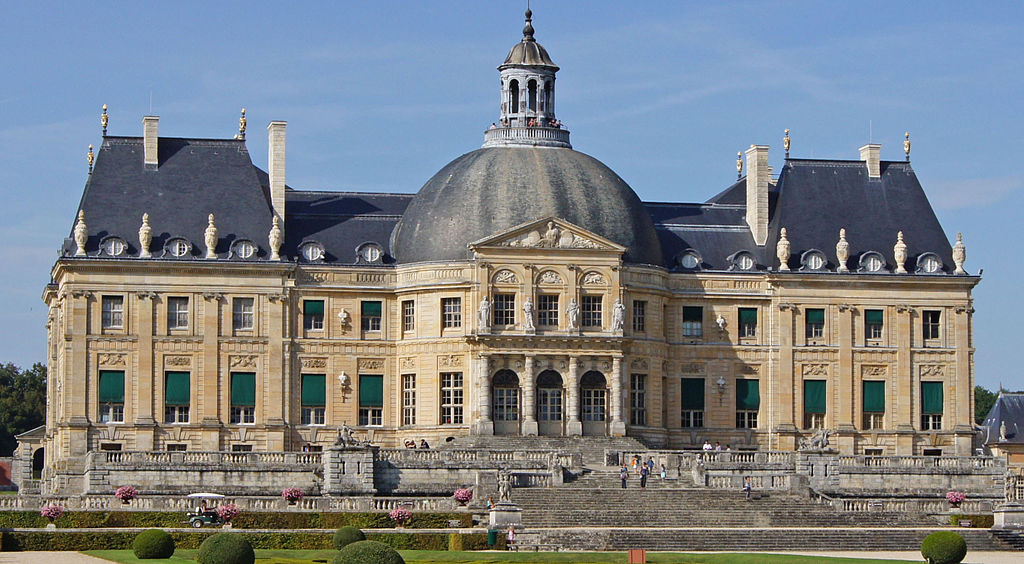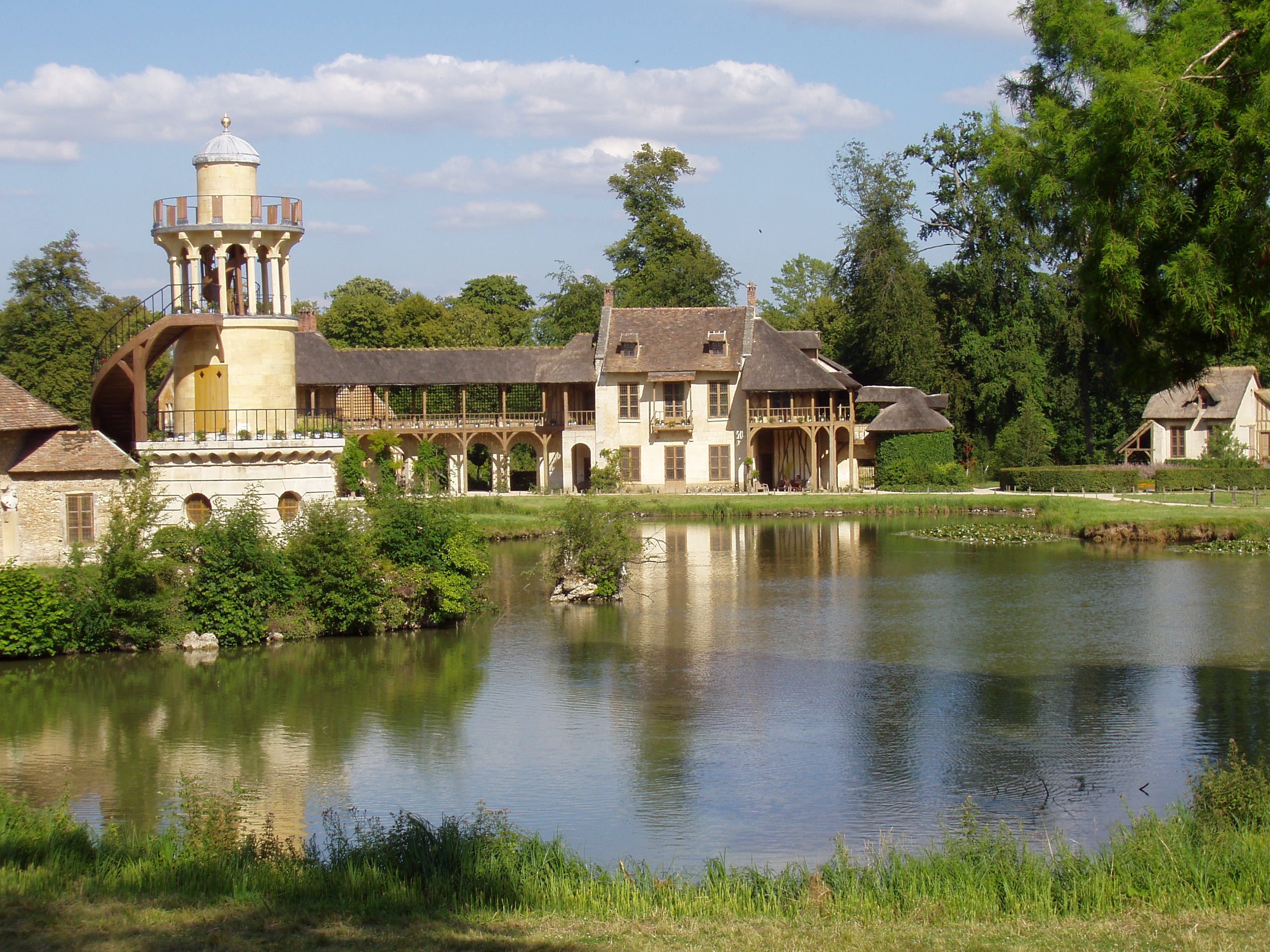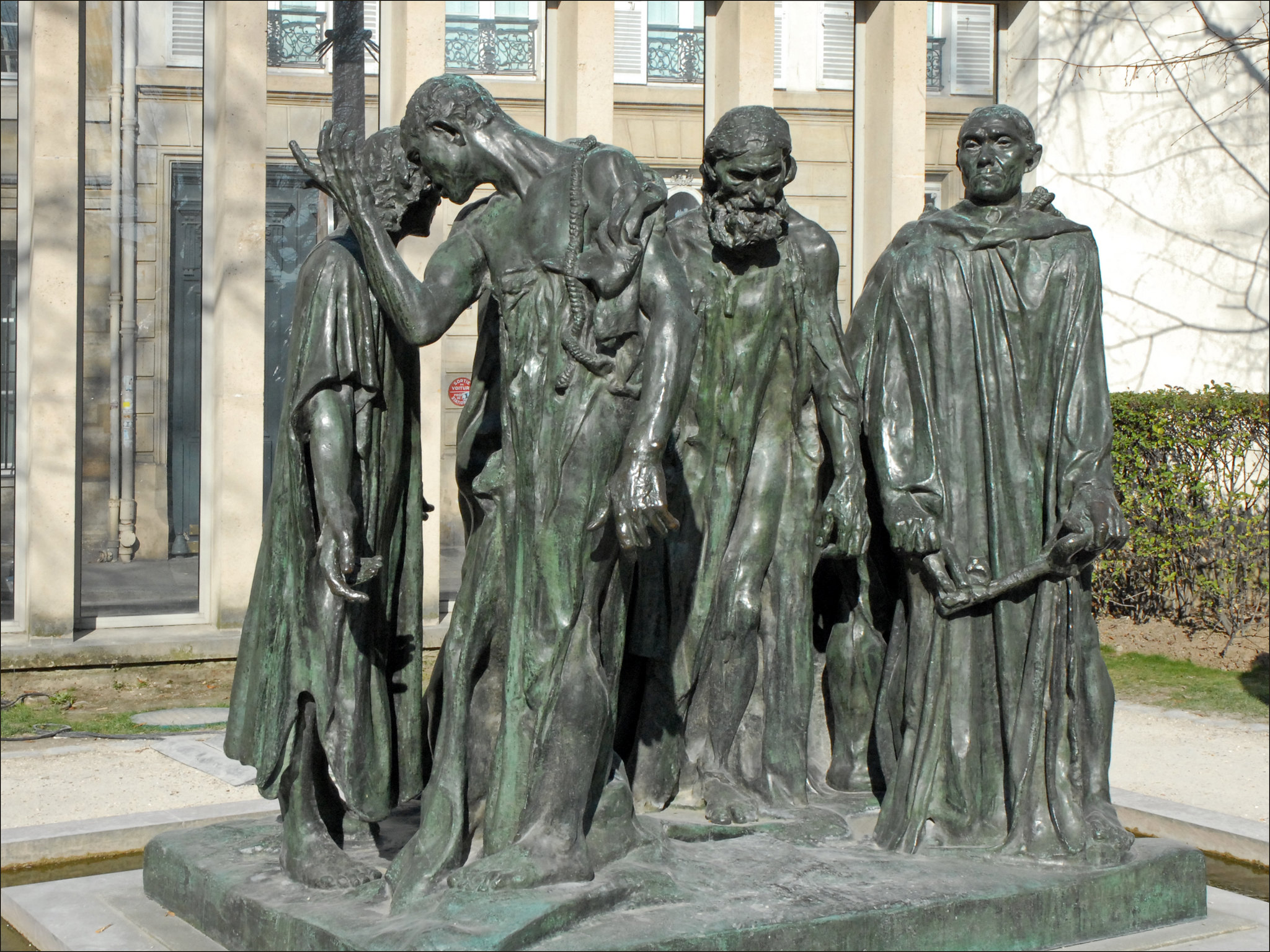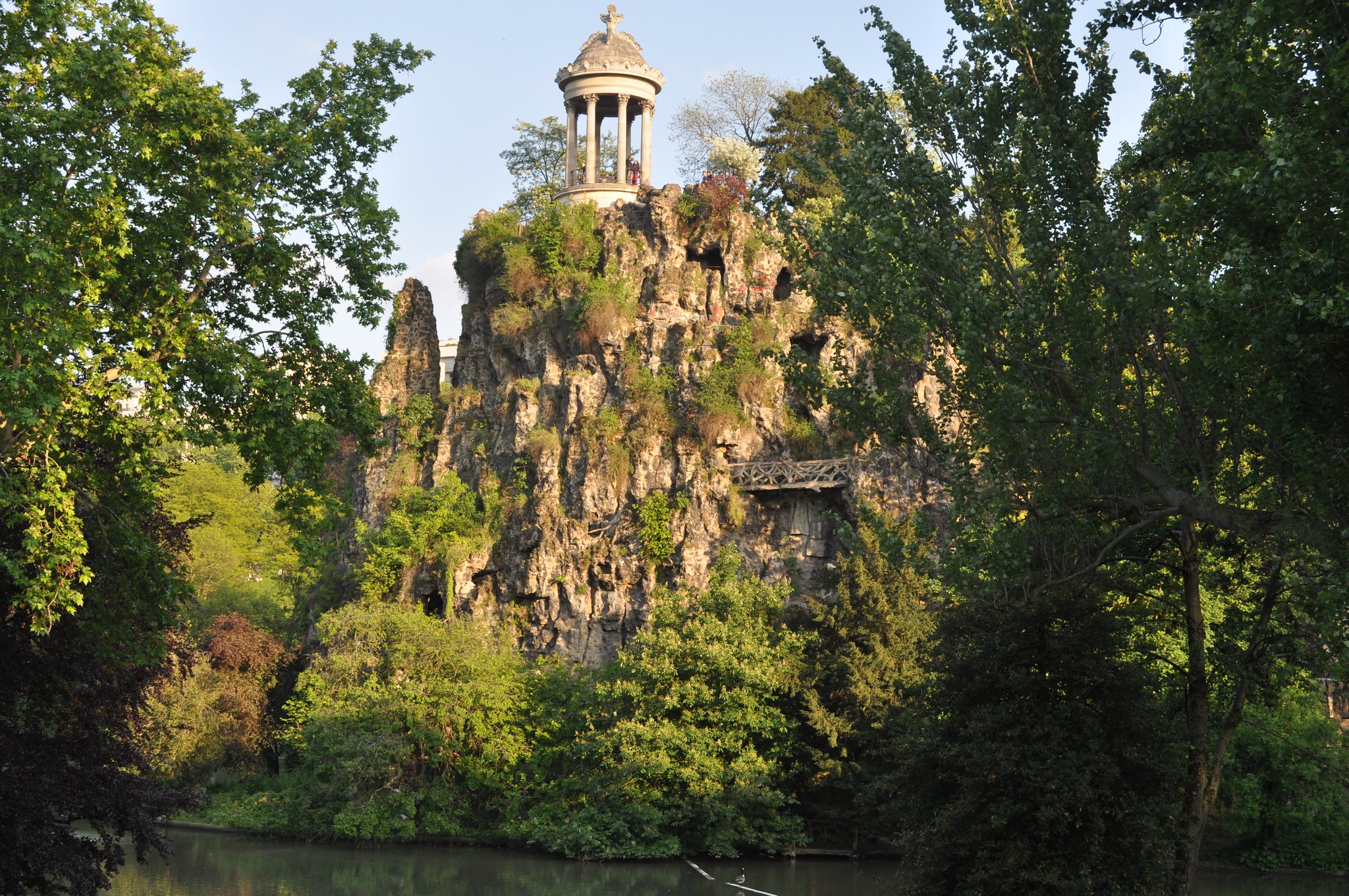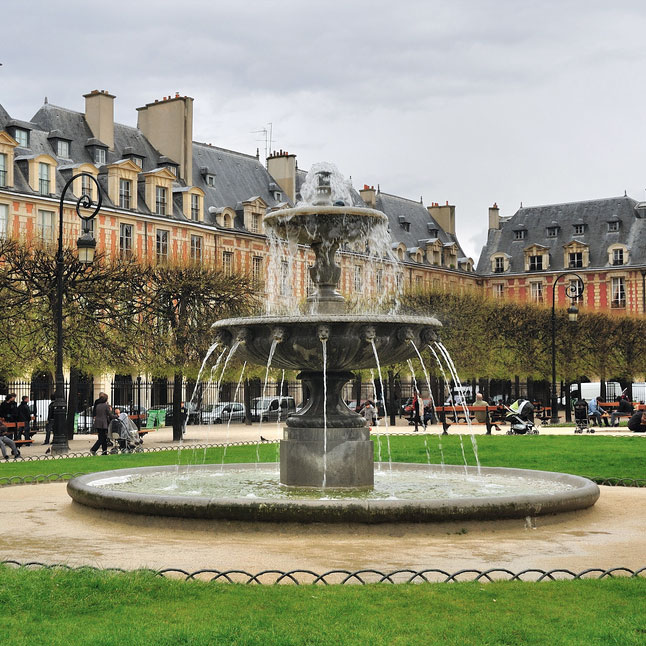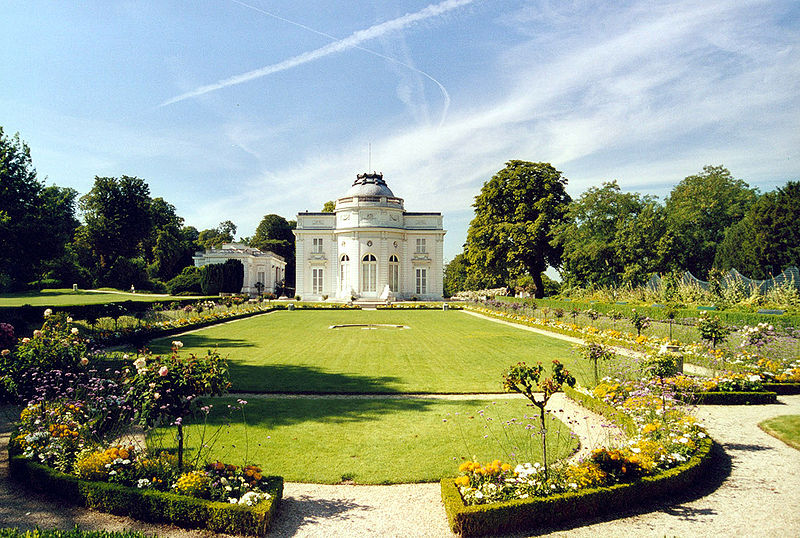Posts
https://www.picturesquevoyages.com/wp-content/uploads/2021/02/Omar-Sy-in-Lupin.jpg
558
930
admin8800
https://www.picturesquevoyages.com/wp-content/uploads/2019/02/picturesquevoyageslogo-300x68-2-300x68.png
admin88002021-02-12 08:59:402021-03-05 15:20:51Surprising Stories: The Dazzling Truth about Marie-Antoinette’s Diamond Necklace
https://www.picturesquevoyages.com/wp-content/uploads/2021/02/Mona_Oren_Wax_Tulip_Mania_2020_2021_HD_credit_Pauline_Hervault-scaled.jpg
2271
2560
admin8800
https://www.picturesquevoyages.com/wp-content/uploads/2019/02/picturesquevoyageslogo-300x68-2-300x68.png
admin88002021-02-01 18:09:032023-03-05 18:15:48Nature into Art: Wax Tulip Mania
https://www.picturesquevoyages.com/wp-content/uploads/2020/08/Feu-d-artifice-Vaux-le-Vicomte-630x405-C-DR.jpg
405
630
admin8800
https://www.picturesquevoyages.com/wp-content/uploads/2019/02/picturesquevoyageslogo-300x68-2-300x68.png
admin88002020-08-15 13:32:242020-08-16 13:37:47Vaux-le-Vicomte and the Famous Fête which Sparked Versailles
https://www.picturesquevoyages.com/wp-content/uploads/2019/01/hameau-reine.jpg
567
567
admin8800
https://www.picturesquevoyages.com/wp-content/uploads/2019/02/picturesquevoyageslogo-300x68-2-300x68.png
admin88002020-07-24 11:44:492020-07-25 10:44:06Surprising Stories: Marie-Antoinette at the Hameau de la Reine
https://www.picturesquevoyages.com/wp-content/uploads/2020/06/unnamed-9-scaled-e1592814248407.jpg
1920
2560
admin8800
https://www.picturesquevoyages.com/wp-content/uploads/2019/02/picturesquevoyageslogo-300x68-2-300x68.png
admin88002020-06-22 12:52:202020-06-24 21:53:20Surprising Stories: Chantilly Cream
https://www.picturesquevoyages.com/wp-content/uploads/2020/06/5527575232_4b89eddce7_k.jpg
1536
2048
admin8800
https://www.picturesquevoyages.com/wp-content/uploads/2019/02/picturesquevoyageslogo-300x68-2-300x68.png
admin88002020-06-11 12:53:452020-06-11 12:53:45Surprising Stories: Rodin’s The Burghers of Calais: Resistance and Sacrifice
https://www.picturesquevoyages.com/wp-content/uploads/2020/05/23172689_1846991101985554_4815079057292183083_n.jpg
600
600
admin8800
https://www.picturesquevoyages.com/wp-content/uploads/2019/02/picturesquevoyageslogo-300x68-2-300x68.png
admin88002020-05-18 12:53:072020-05-19 10:18:43Surprising Stories: Fragile Flowers: Redouté, Prints and Porcelains
https://www.picturesquevoyages.com/wp-content/uploads/2020/05/photo-1586714027153-b014fb5f4d90.jpeg
500
667
admin8800
https://www.picturesquevoyages.com/wp-content/uploads/2019/02/picturesquevoyageslogo-300x68-2-300x68.png
admin88002020-05-09 09:41:142020-05-18 10:32:58Surprising Stories: The Buttes-Chaumont: A Model for a Green City
https://www.picturesquevoyages.com/wp-content/uploads/2018/06/place-des-vosges.jpg
567
567
admin8800
https://www.picturesquevoyages.com/wp-content/uploads/2019/02/picturesquevoyageslogo-300x68-2-300x68.png
admin88002020-04-28 15:41:182020-04-29 15:35:13Surprising Stories: La Place Des Vosges: Fashion and Architecture in the Marais
https://www.picturesquevoyages.com/wp-content/uploads/2020/04/Bagatelle_01.jpg
538
800
admin8800
https://www.picturesquevoyages.com/wp-content/uploads/2019/02/picturesquevoyageslogo-300x68-2-300x68.png
admin88002020-04-18 18:12:552020-04-19 09:05:51Surprising Stories: A Princely Wager at Bagatelle
Scroll to top


